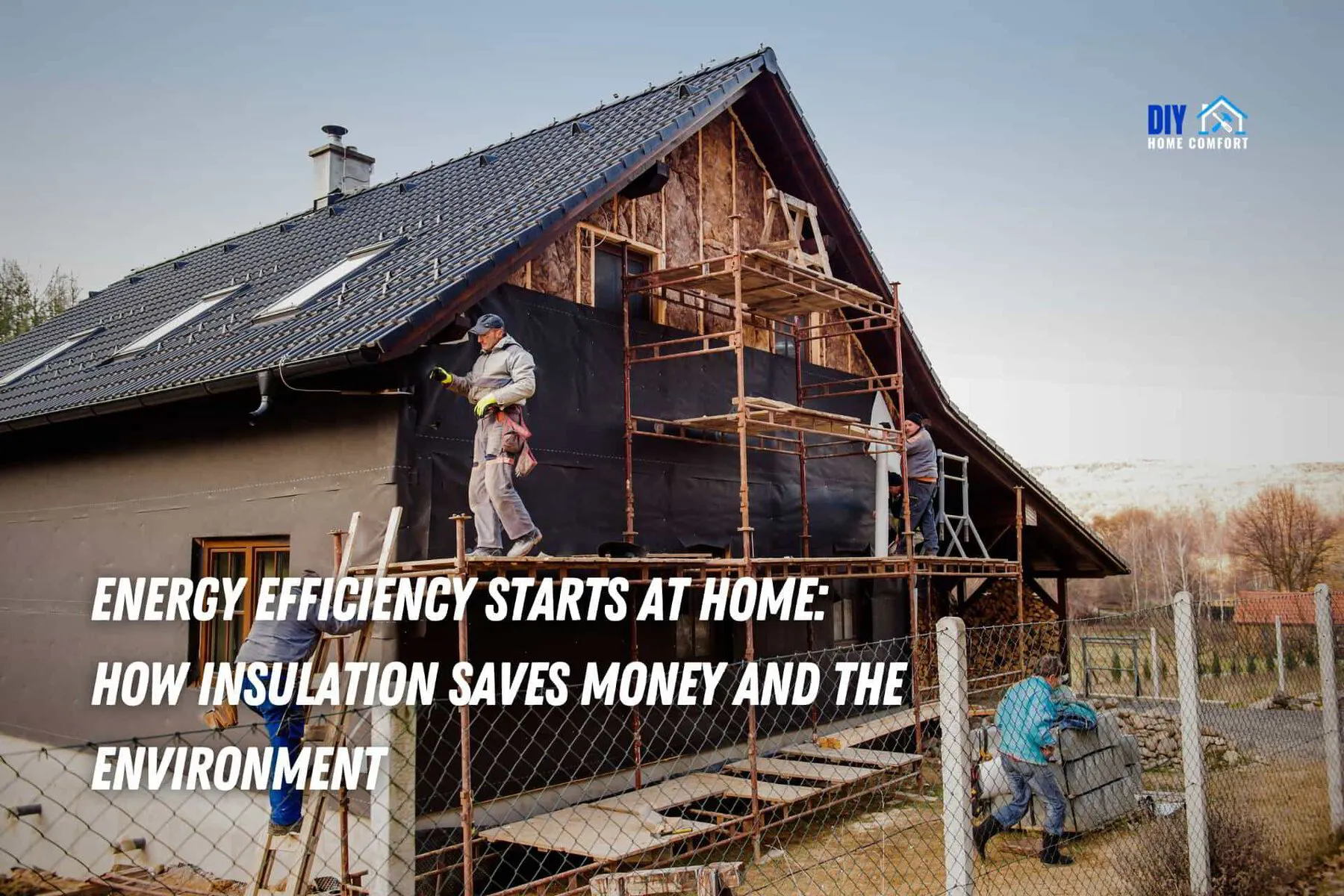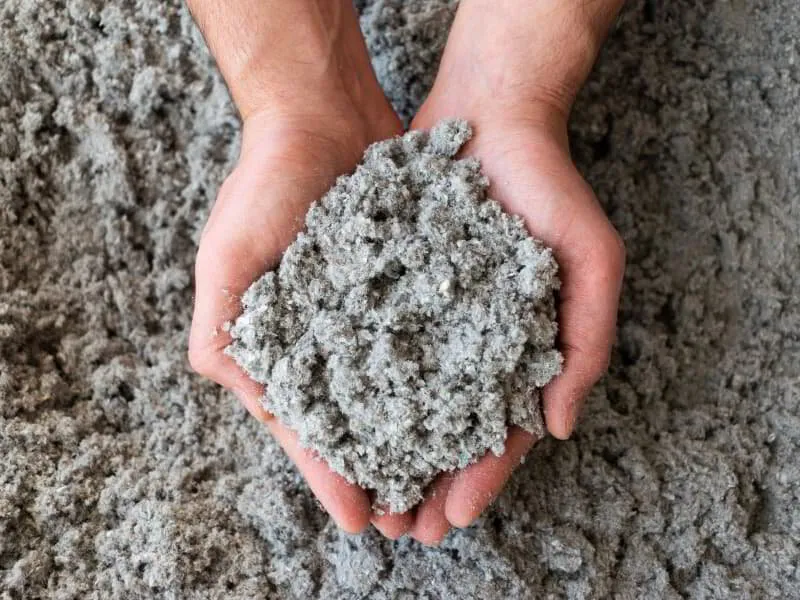In the quest for environmental sustainability, the focus often lands on major industries and transportation sectors.
While these are indeed critical areas, it is essential to remember that our homes also contribute significantly to our carbon footprint.
One often overlooked but effective way to make our homes energy-efficient, cost-effective, and environmentally friendly is through insulation.
Insulation helps maintain a consistent temperature within a house, reducing the need for artificial heating or cooling, thus saving energy and reducing greenhouse gas emissions.
This article will delve into the importance of insulation, exploring its benefits for your pocket and the planet.
⭐ Benefits of Insulation
Cost savings
Insulation can significantly impact your energy bills by reducing the energy required to maintain a comfortable temperature in your home. In fact, studies have shown that proper insulation can result in up to 50% savings on heating and cooling costs.
Environmental Impact
As mentioned earlier, insulation reduces the need for artificial heating and cooling, decreasing our reliance on fossil fuels. This means less carbon dioxide and other greenhouse gases are emitted into the atmosphere, creating a cleaner and healthier environment.
Increased Home Comfort
Insulation regulates temperature and helps reduce noise levels from outside, creating a more peaceful and comfortable living space. This is especially useful if you live in a noisy neighborhood.
Protection of Building Structure
Insulation also serves as a barrier against moisture, preventing water damage to the structure of your home. It can also help prevent mold and mildew growth, which can harm both the building and its inhabitants.
⭐ Types of Insulation
Various types of insulation are available, each with its unique characteristics and benefits.
Choosing between each type takes a bit of research, but professionals like those at https://ifoam.com/ can help you decide on a certain type based on your needs.
Some of the most common types include:
- Fiberglass - Made from tiny glass fibers, this type of insulation is cost-effective and easy to install. It is commonly used in attics, walls, and basements.
- Cellulose - Made from recycled paper products, cellulose insulation is an eco-friendly option that is effective in hot and cold climates.
- Spray foam - This type of insulation expands and hardens upon application, creating an airtight seal with excellent thermal resistance. It is commonly used in attics, basements, and crawl spaces.
- Rock wool - Made from molten rock or slag, this type of insulation is fire-resistant and provides excellent soundproofing. It is commonly used in interior walls and ceilings.
⭐ Factors to Consider
When choosing the right type of insulation for your home, there are some essential factors to consider:
- Climate - Your climate will determine the insulation needed to maintain a comfortable temperature in your home. Some areas are colder while others are warmer, which can help determine the type and amount of insulation needed to improve your home's energy efficiency.
- R-value - This refers to the thermal resistance of insulation, with a higher R-value indicating better insulating properties.
- Location - The specific areas in your home that require insulation, such as walls, attics, and basements, will also impact your insulation choice.
⭐ How Insulation Improves Energy Efficiency
Insulation works by trapping air pockets within its fibers, creating a barrier that prevents heat transfer.
This means that the warm air inside your home is kept in during cold weather, and during hot weather, the hot air outside is kept out.
In contrast, poor insulation or no insulation at all leads to significant heat loss during colder months and excessive heat gain during warmer months.
This results in increased energy consumption and higher utility bills.
⭐ How Insulation Reduces Environmental Impact
Energy consumption in homes accounts for a significant portion of our carbon footprint, making it crucial to find ways to reduce this impact.
Insulation is one way we can do this, as it reduces the need for artificial heating and cooling, which rely heavily on fossil fuels.
By using insulation, we can also help mitigate climate change by decreasing the amount of greenhouse gases emitted into the atmosphere.
This has a positive ripple effect on the environment, leading to better air quality and a healthier planet for generations to come.
⭐ DIY or Professional Installation?
While some may choose to install insulation themselves, seeking professional help for maximum efficiency and safety is recommended.
Professional installers have the necessary experience and knowledge to ensure proper insulation installation, including identifying any potential issues or areas that may need additional insulation.
⭐ Conclusion
Insulation not only saves money but also has a significant impact on the environment.
By choosing the right type of insulation and ensuring proper installation, we can reduce our energy consumption, decrease our carbon footprint, and create a more comfortable and sustainable living space.
So, let's start at home with insulation and positively impact our wallets and the environment.
Want to learn more about your home? Check out our other homeowner articles!
Scott Harding
Scott is the main author of DIY Home Comfort. He's also an experienced HVAC technician that enjoys home renovation and spending time with his family. You can find out more about him here.




